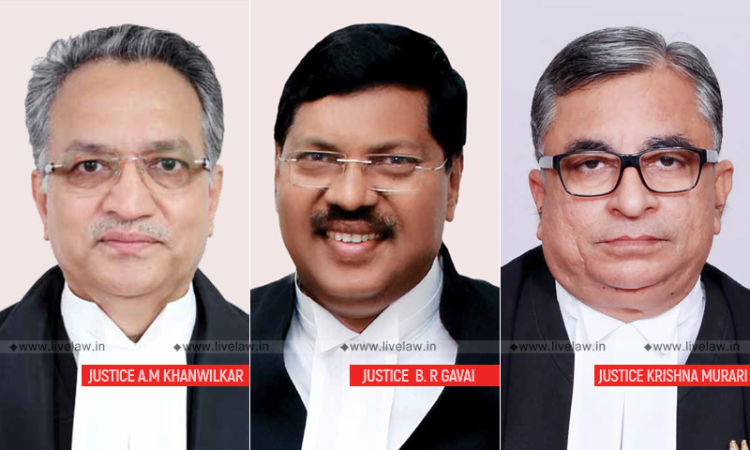Prior Environmental Clearance Not Required For Notifying Acquisition Of Land For National Highway: Supreme Court
Ashok Kini
8 Dec 2020 4:42 PM IST

"Prior EC is required to be taken before commencement of the "actual construction or building work""
Next Story


